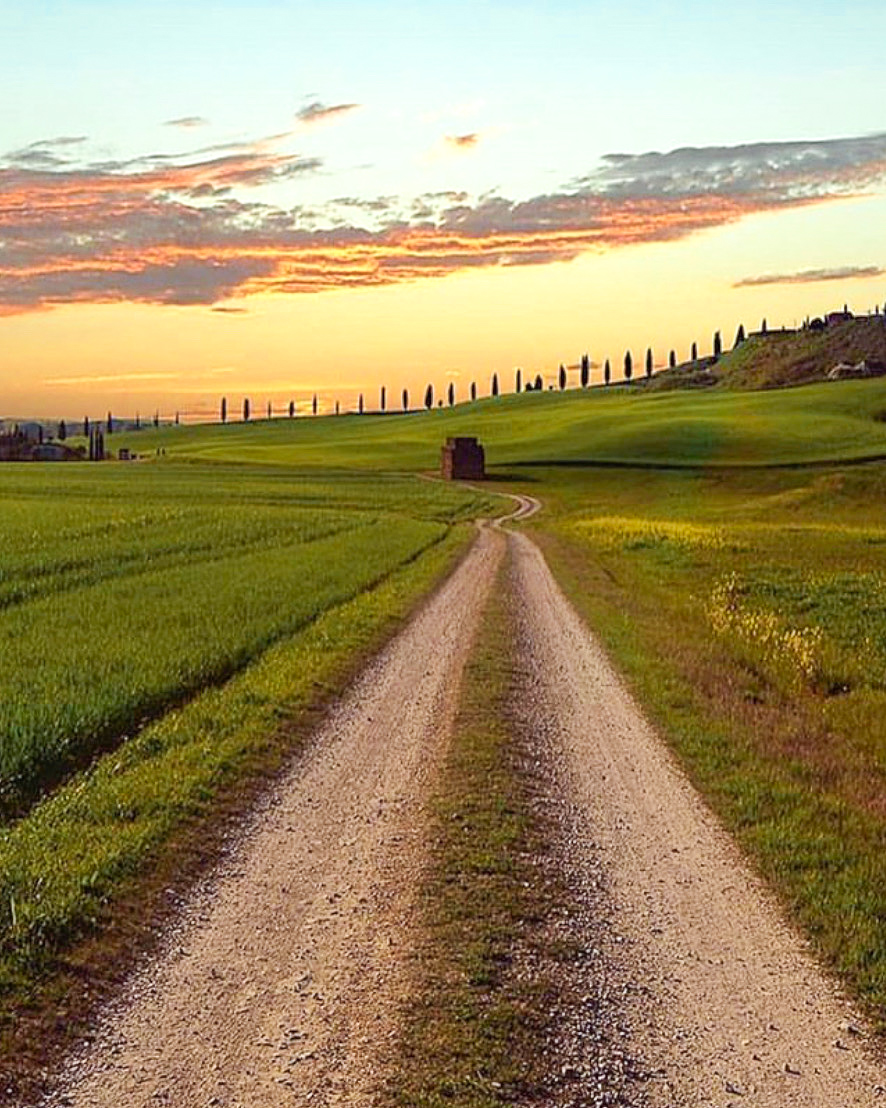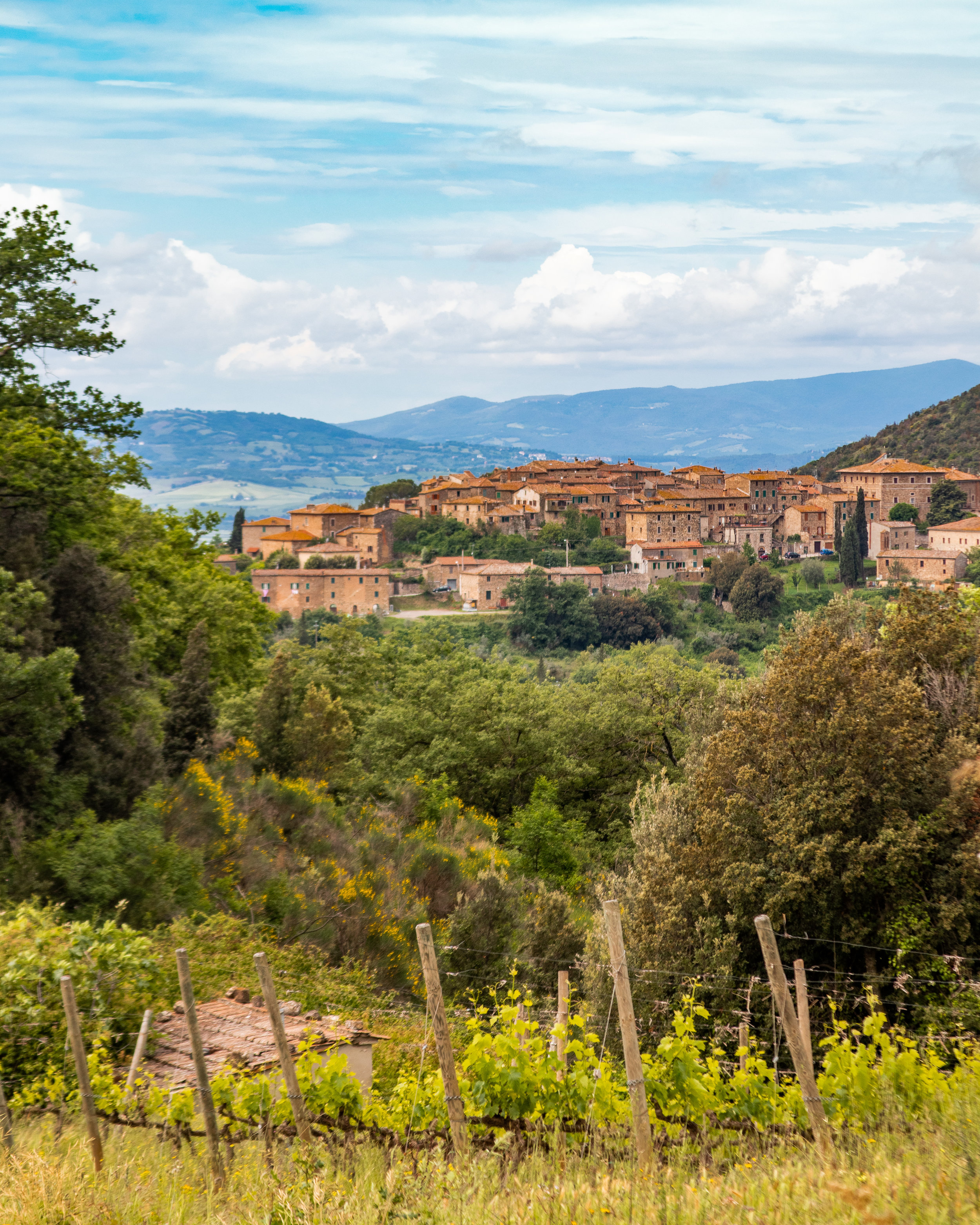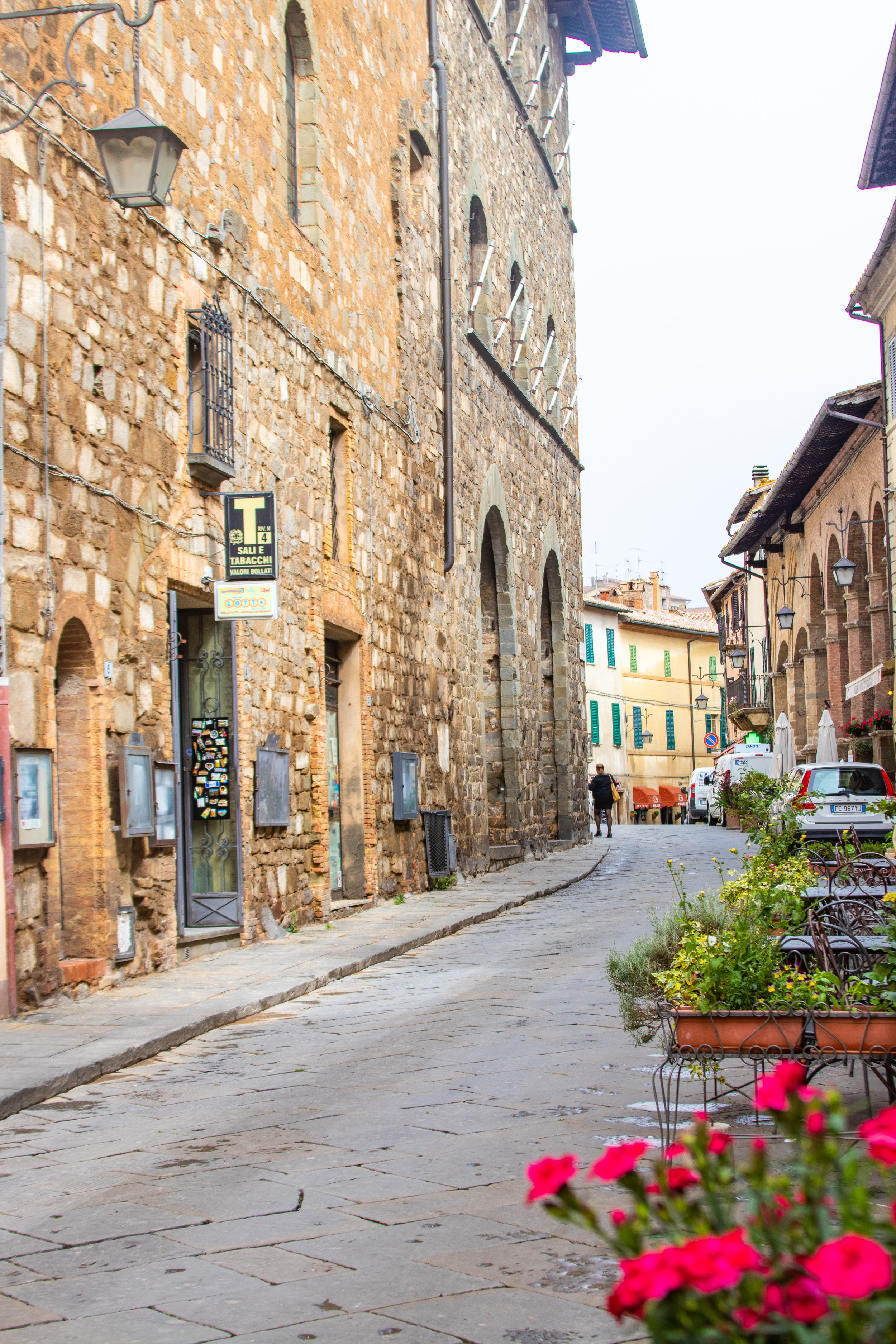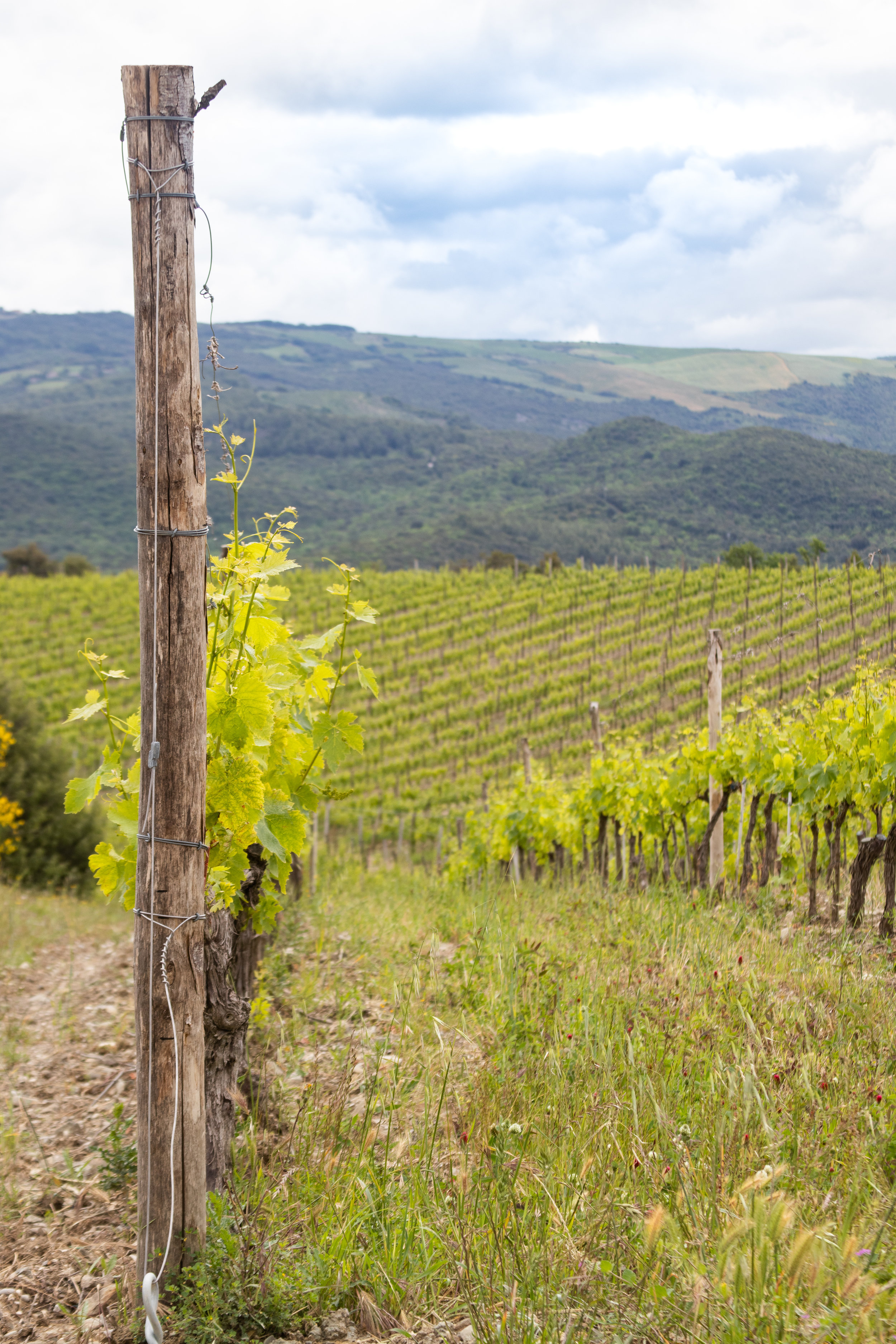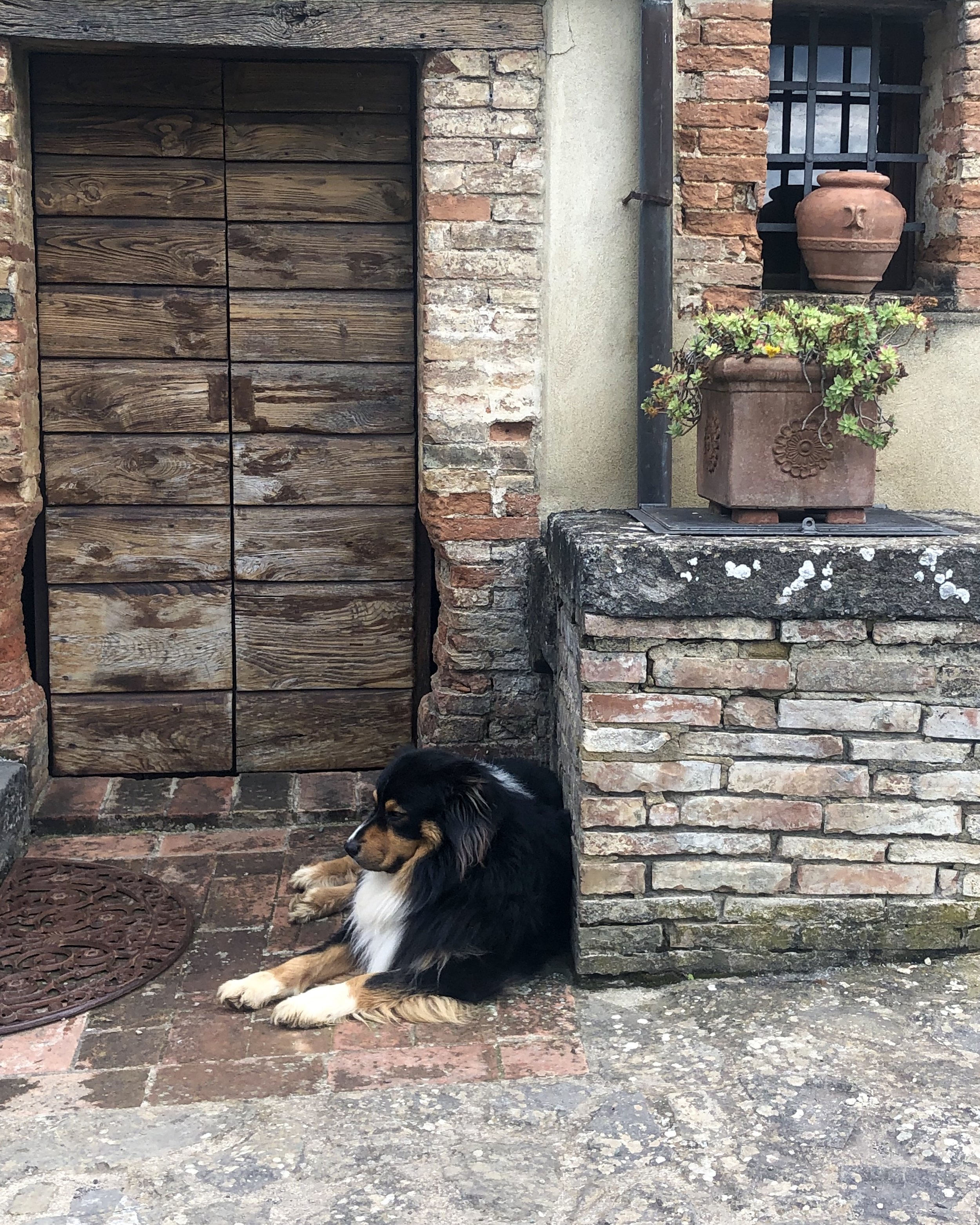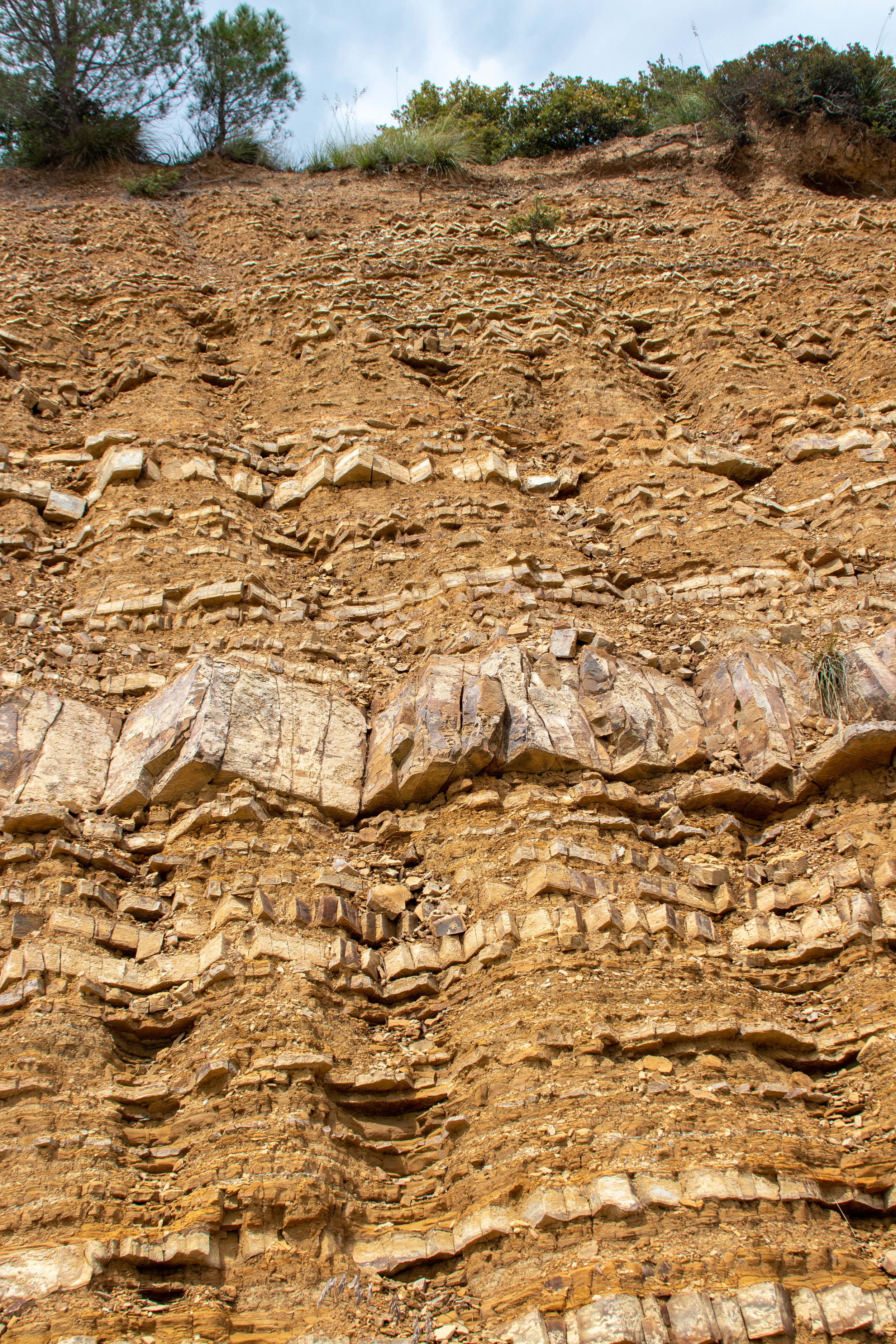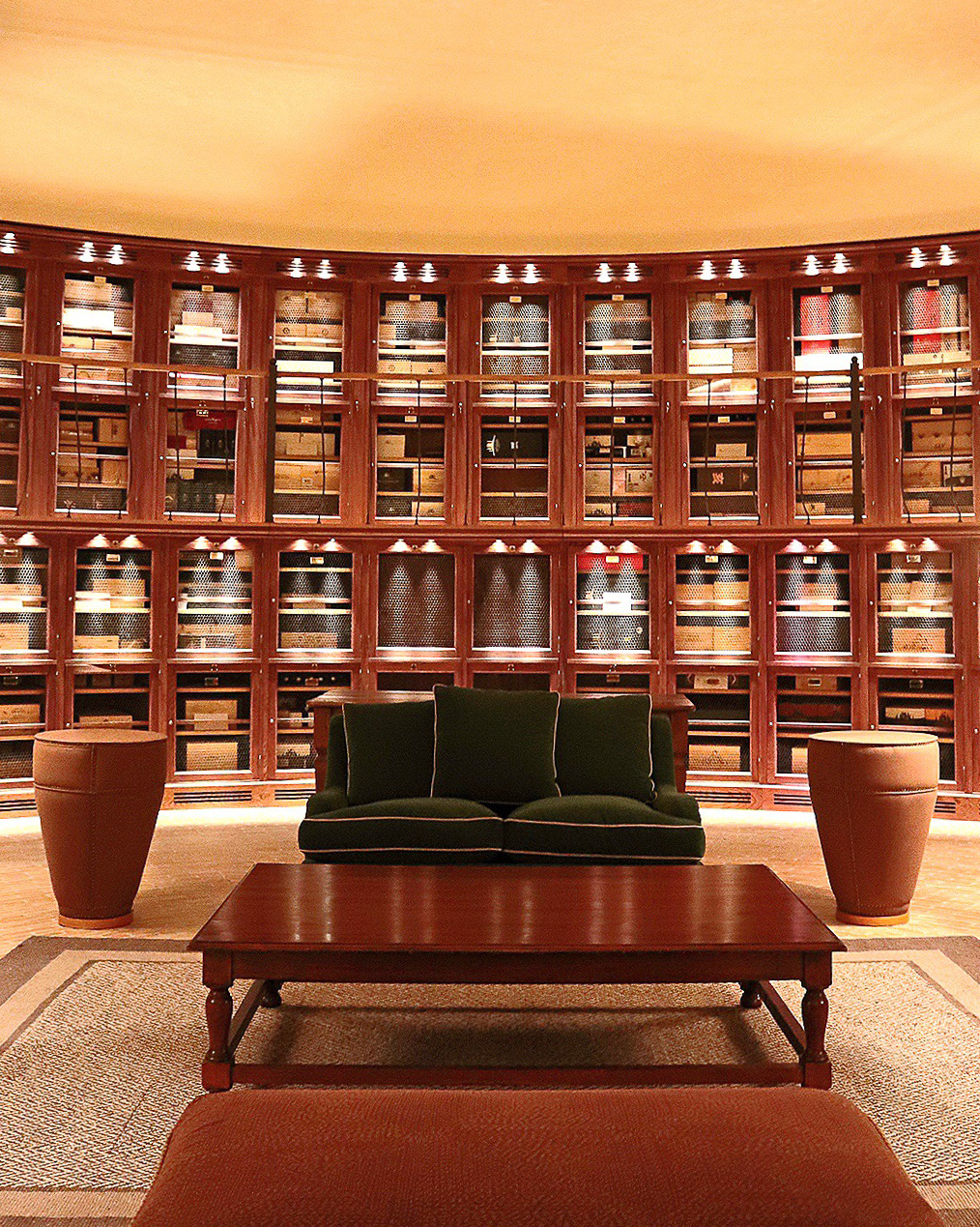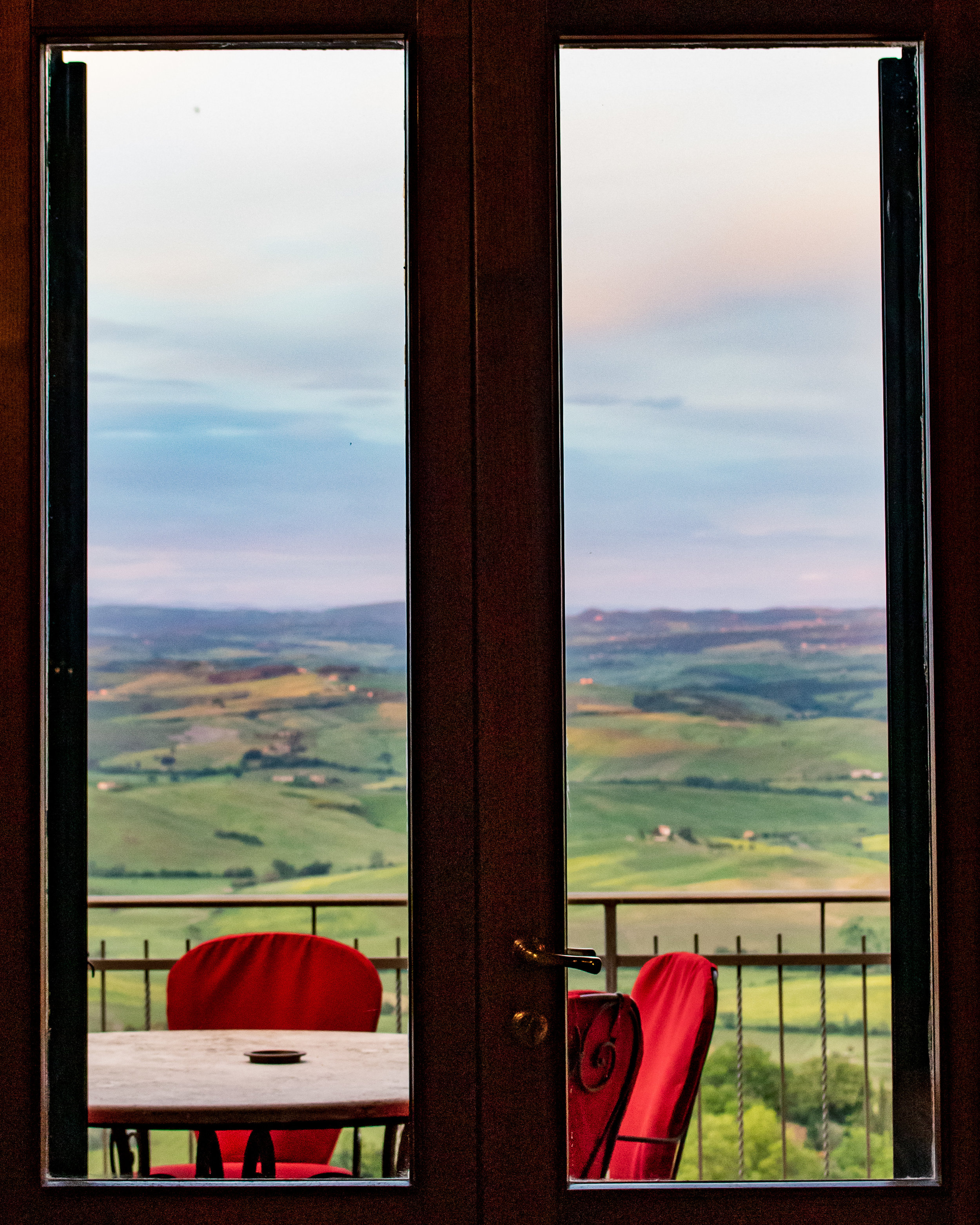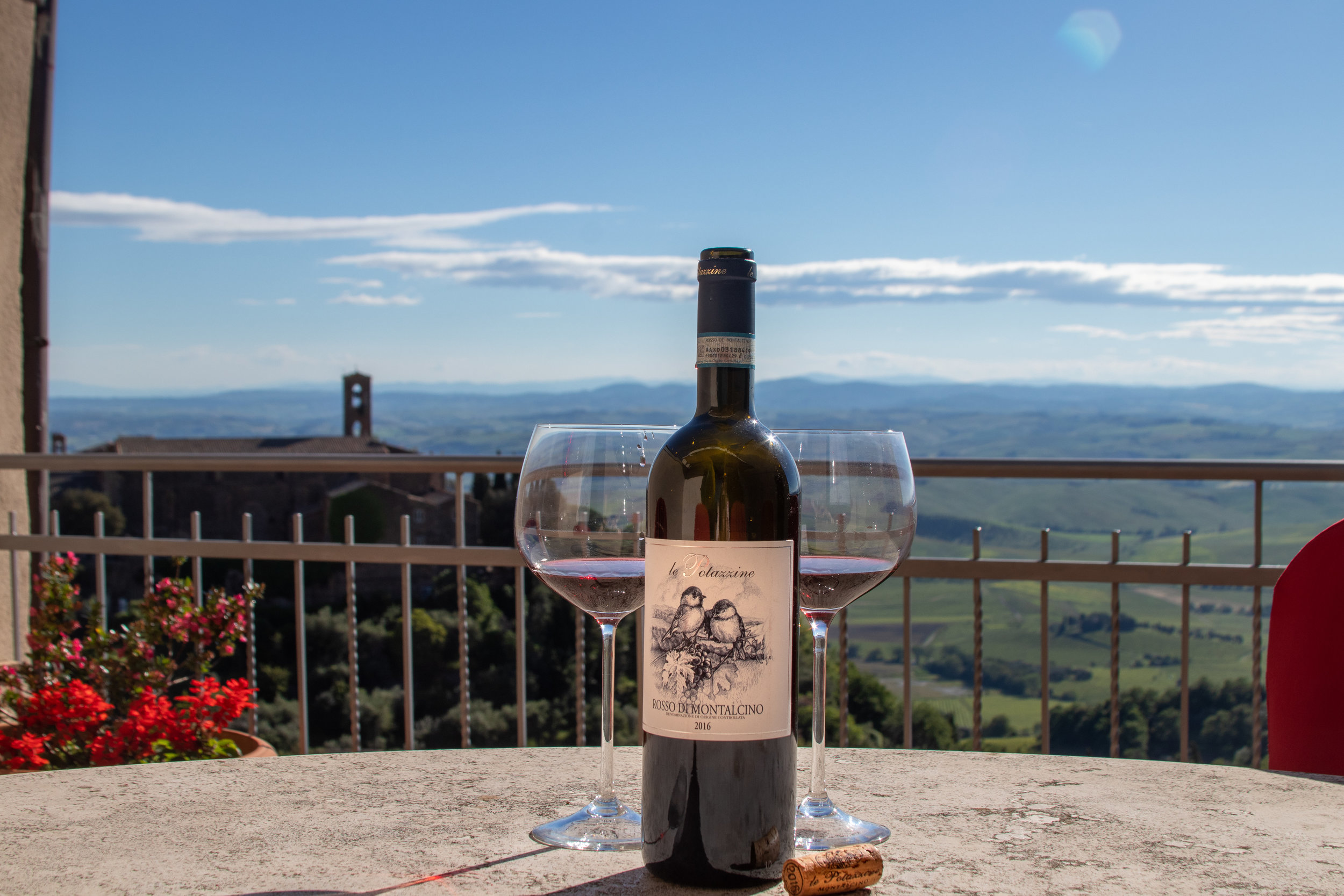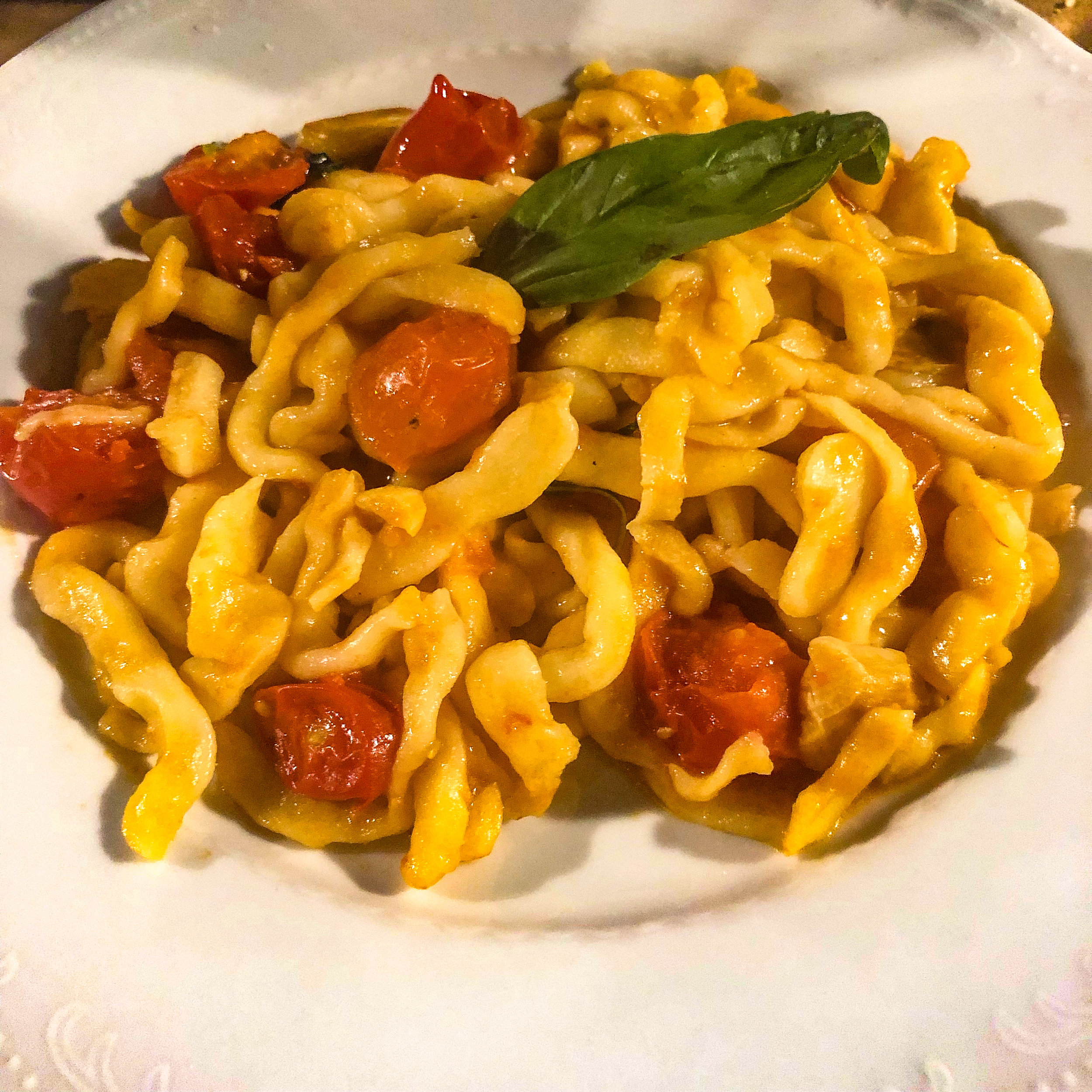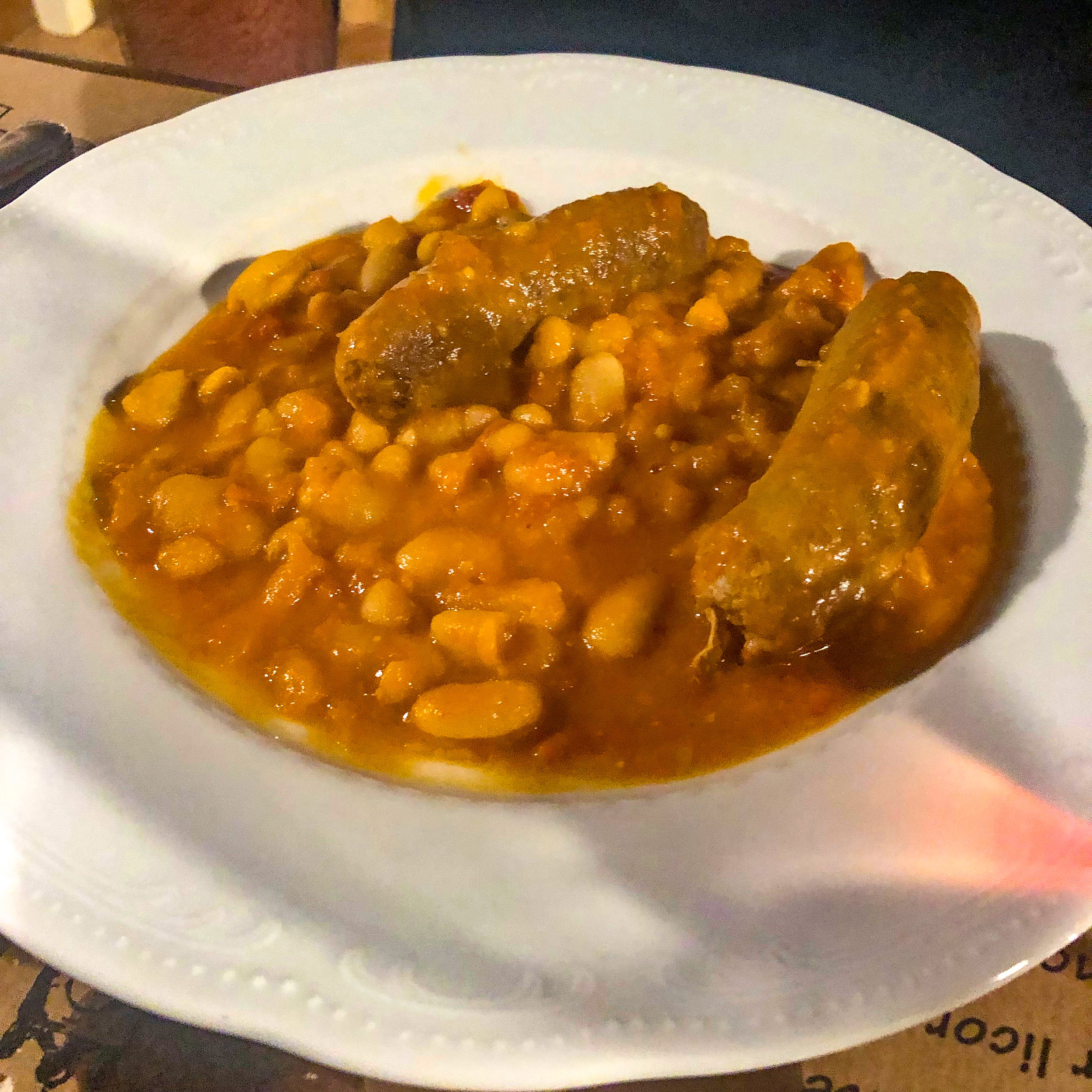Brunello di Montalcino: Wine Travel
Brunello Di Montalcino DOCG
The landscape in this area would never grow old; rolling hills, cypress trees leading the way to rural estates. When you dream of Italy, this area may express the perfect vision. I'm sure you've seen photos of the Tuscany countryside, with those rows of cypress trees amidst rolling fields and flowers sprinkled about the landscape. These pictures were most likely taken in the Val D'Orcia, it is one of the most visually impressive areas of Tuscany and declared a UNESCO World Heritage Site.
The town of Montalcino sits high above all the precious vineyards and the vast rolling hills. An authentic wine town, you can't stroll far without there being a wine shop or a restaurant. The castle and the clock tower, provide a good indication of what it was like in medieval time.
What you'll learn deep-diving into this wine region is despite it being a single-grape, single-wine town, Brunello is as frustratingly complex as it is beautifully varied.
History:
The Sangiovese grape can be traced back over 500 years in this region. The name, Brunello, comes from the Italian word meaning brown and refers to hints in the color of these wines. It is a well-known Italian region for big, bold age-worthy reds.
In Brunello just thirty years ago, there were roughly a hundred wineries; now, that number has more than doubled. With over 8,500 acres planted, 90% of these vineyards came to be in these recent thirty years.
Governing Rules:
According to the production code, Brunello di Montalcino DOCG must be made entirely from Sangiovese grapes, and aged for a minimum of two years in oak containers of any size and cannot be made available before five years after harvest. A wine labeled as a Reserve requires an additional year of aging.
Terroir:
If you've ever wondered why you might have widely different expressions of Brunello, this may help to shed some light. Brunello consists of many soil types and micro-climates. It's best to split your visits to include wineries in the four directions around the town of Montalcino to experience the influence these differences has on the wines.
It is not easy to generalize, but it is useful to describe these four main areas;
The Northeast is mostly made up of compact clay soil alternated with marl rock, and to a lesser extent, you'll find fossilized limestone. It has a cooler climate on this side Montalcino. It is this area where you'll find the Montosoli Cru, an ancient hillside, with a long reputation of excellence in wines.
The Northwest side of Montalcino is where you'll find large areas of forest, and the vineyards are interspersed within.
Southeast of Montalcino there is an extinct volcano, and the land has the presence of tufa and other influences from this once present volcano.
The Southwest side leads to the sea and flattens out to a vast expanse of vineyards. It is the hottest area in the territory of Montalcino di Brunello.
Winery Visits:
Tuscany has a higher proportion of large estates than other regions of Italy. My suggestion is to combine these well-known producers with smaller wineries. At family-run wineries more often than not, you'll meet a member of the family or the winemaker. The experience here isn't about just tasting the wines; you'll spend time understanding the history, place, and philosophies. Discussions will help you to understand how wine is genuinely an integral part of the culture here and a passion handed from one generation to the next.
You are going to find the gamut in Brunello in terms of the type of wineries, I'd suggest mixing it up and visiting beyond those big names which you may be familiar.
Here are three suggestions where you will get an intimate experience.
Baricci
Accommodations:
If you are looking for luxury accommodations, Rosewood's Castiglion del Bosco would be hard to beat. A secluded destination nestled into the forests about twenty minutes northwest of Montalcino. Also next to the resort is the winery of the same name, owned by an Italian legend Massimo Ferragamo. A lovely place to visit, dine and check out their members-only room.
We stayed in town at a beautiful B&B, Sopralosticcio. The views from our private deck made for a perfect place to end the day watching the sunset with a bottle of Brunello. It was also fun to feel like a local, visiting the grocery store across the lane and the wine bar right next door.
Cuisine:
Where there’s great wine, there is usually wonderful food that pairs perfectly with the wines of the region. Like any Italian region, Tuscany has its own ingredients, recipes, and hyper-local food traditions that are best to stick to while eating out.
You must try homemade pici pasta, hand-rolled noodles made with just flour and water, this is one of Montalcino's classic dishes. Other authentic pasta dishes would be in a wild boar sauce, equally delicious. Tuscans are bean eaters, and my husband's favorite is fagioli con salsiccia, beans with sausage. Truffles can be found here too, both white and black; I wouldn't pass up the experience.
As in Florence, you will find bistecca Fiorentina always served medium-rare (there is no such thing as asking how you want it cooked). What sets the Florentine steak apart is the thickness of the cut, it can be as thick as two inches. Most other meats, like rabbit and veal, you'll find slow-cooked in a red wine sauce. Nothing better than a nice steak with a fantastic glass of Brunello!
While I would end the meal with Cantuccini (biscotti-like) and Vin Santo, my husband would go for Tuscan Trifle (Tiramisù). It's a good thing Brunello di Montalcino has so much to offer, with our varied palates we both found plenty of food and wine to enjoy, and I'm sure you will too.


